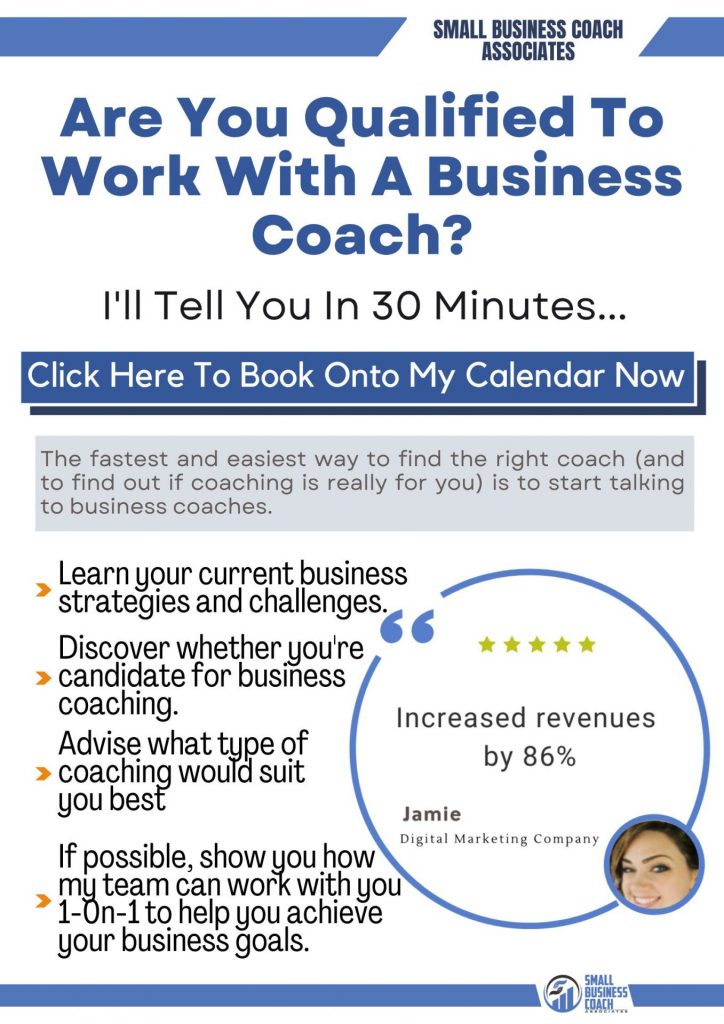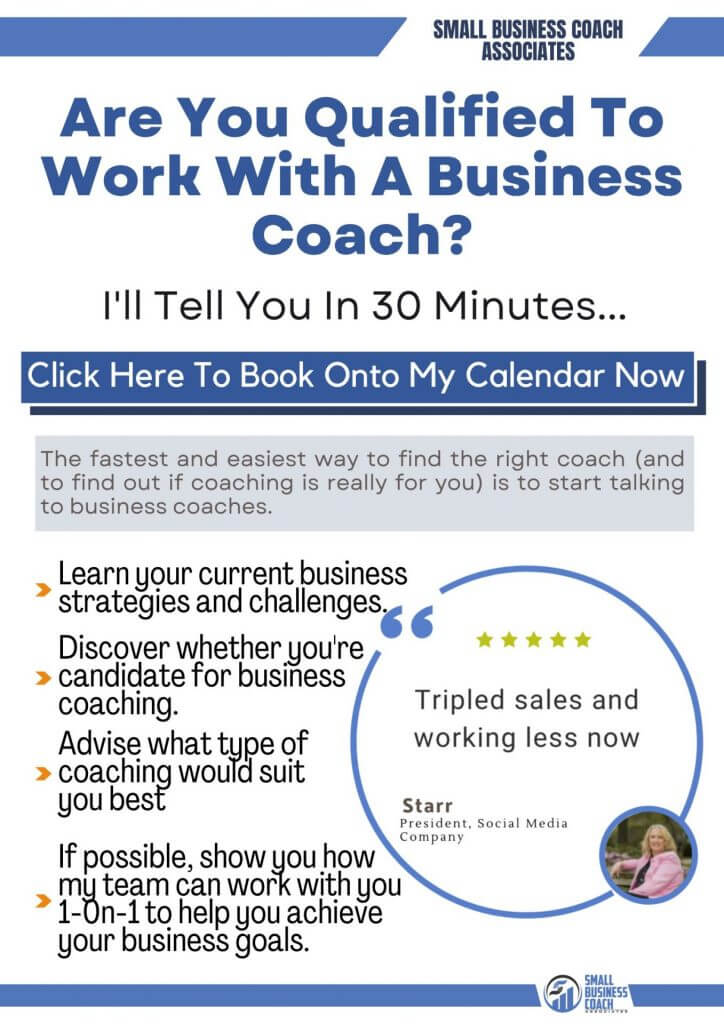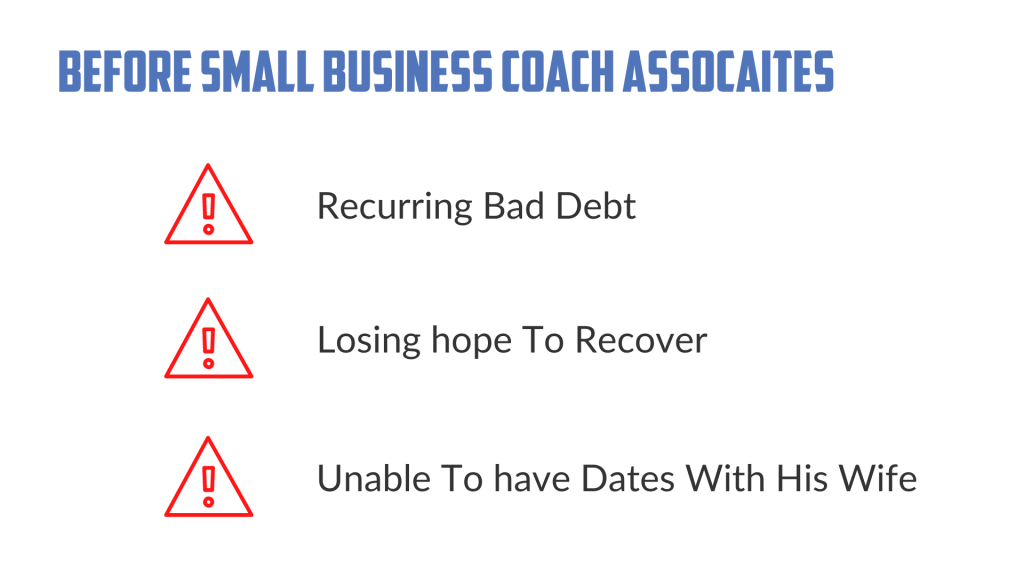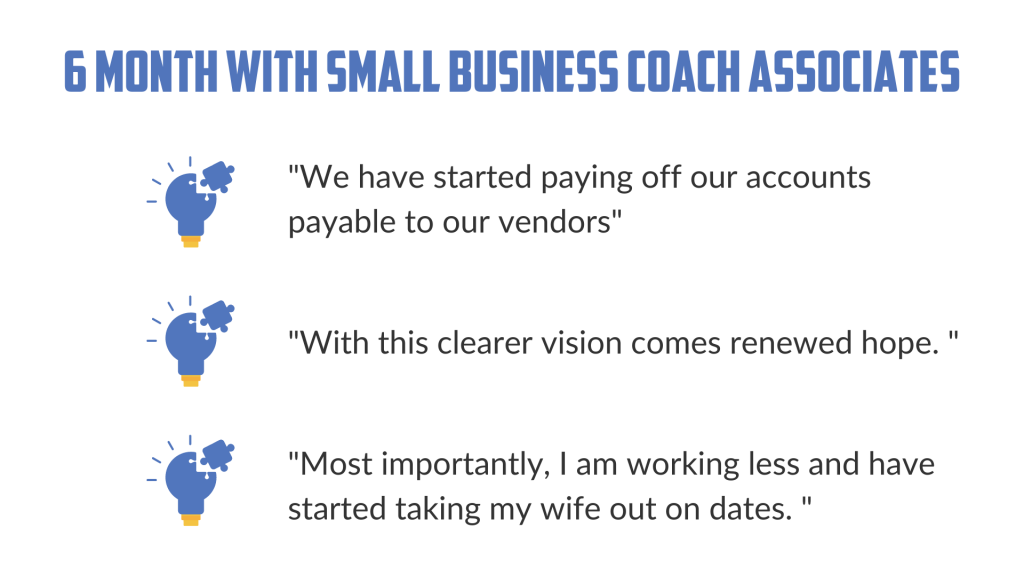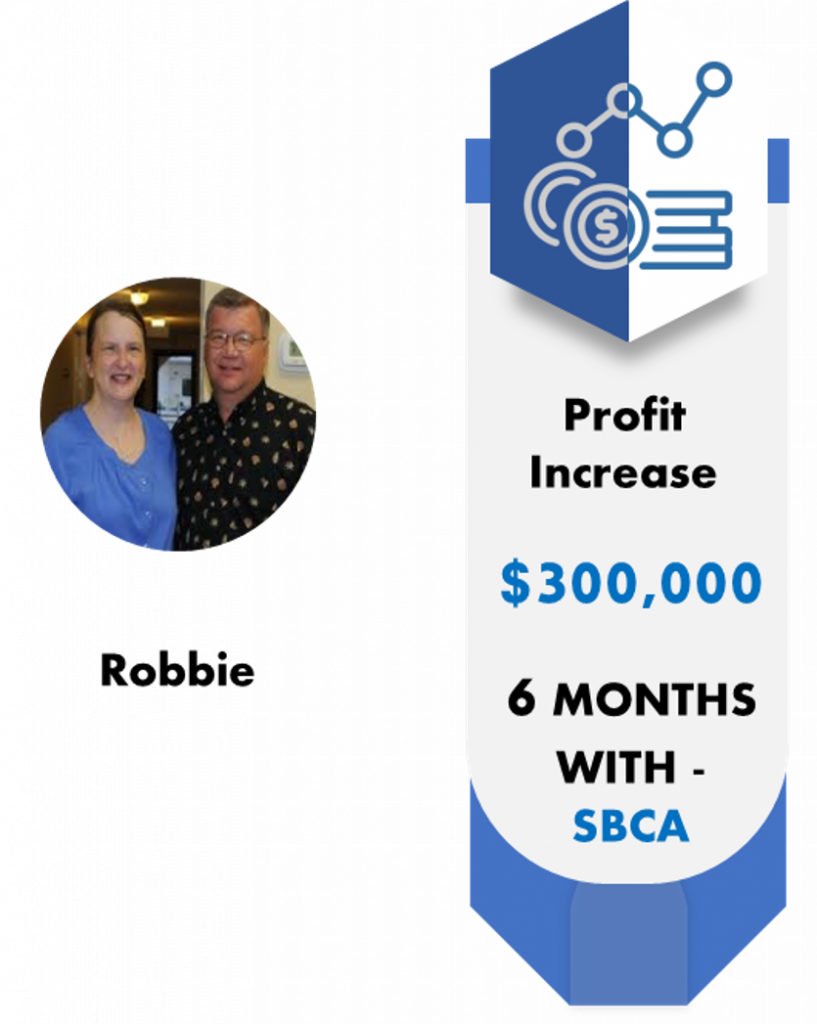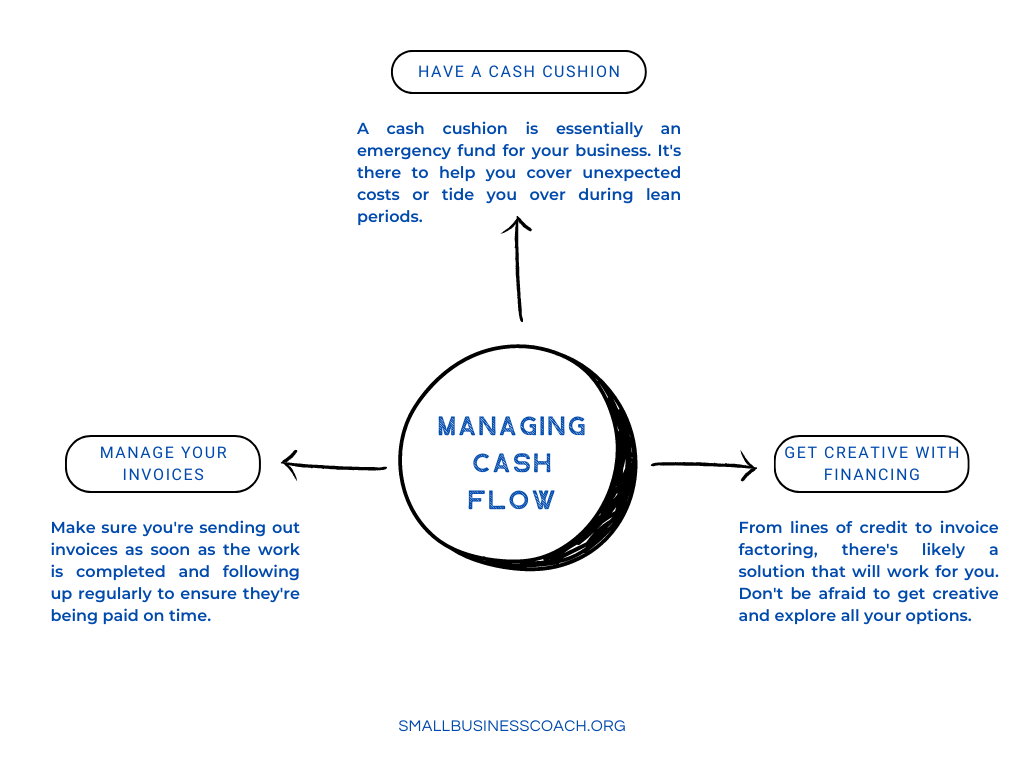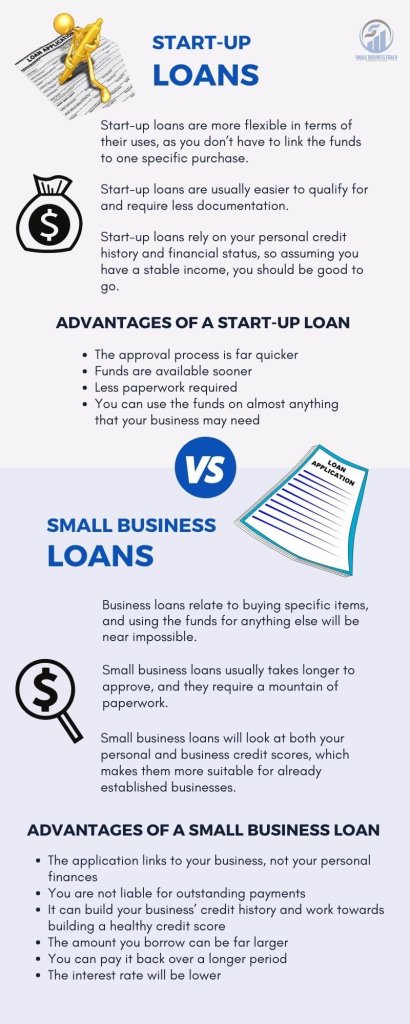Artificial Intelligence (AI) is a rapidly advancing field that has been gaining more and more attention in recent years, especially in the year 2023. And now, ChatGPT has emerged and exceeds everyone’s expectations.
Now, ChatGPT is known as the fastest-growing platform in the world, reaching 100 million users in just two months.
With its powerful natural language processing capabilities, ChatGPT offers new opportunities for small businesses to automate customer service tasks, streamline workflows, and gain valuable insights from customer conversations.

Small business owners increasingly turn to AI and chatbots to streamline their operations and improve customer experience. According to recent research by IBM, over 35% reported using AI, and about 42% are exploring AI.
On the other hand, 2023 chatbot statistics show that 23% of customer service businesses use chatbots, and 80% of people have interacted with a chatbot.
How can ChatGPT help small business owners?
What are the opportunities that ChatGPT offers that YOU should take advantage of right now?
Are there threats that YOU small business owners should avoid?
Top 10 Opportunities and Threats Of ChatGPT to Small Business Owners
What is ChatGPT?
ChatGPT, developed by OpenAI, is a cutting-edge large language model that uses natural language processing (NLP) to understand and respond to queries in real time. This groundbreaking technology is transforming the way businesses communicate with customers, providing an automated solution for customer support that is highly responsive, efficient, and cost-effective.
ChatGPT can be used in a variety of ways by businesses, from providing support for online sales to handling customer inquiries and complaints. It has the ability to learn and adapt to customer queries over time, improving its accuracy and response times. As a result, businesses can provide high-quality customer support without the need for human agents, saving time and resources in the process.
However, as with any technology, ChatGPT poses certain threats and risks to businesses, especially small businesses. While ChatGPT offers several benefits to businesses, it is essential to consider the potential risks and challenges that come with implementing this technology. In this article, we will explore the opportunities and threats of ChatGPT for small businesses.
Advantages that ChatGPT provides to owners of small businesses
ChatGPT provides small business owners with a range of advantages. It saves them time and money by automating customer support and delivering consistent, high-quality responses faster.
This helps small businesses to stay in control of their customer data and communications by providing easy access to a single platform to manage multiple conversations simultaneously.
Allowing small business owner to engage with customers in real time without having to invest in expensive infrastructure or personnel.
These advantages make ChatGPT an invaluable tool for small business owners looking to improve their customer service and efficiency.

Top 10 Opportunities Of ChatGPT For Small Business Owners Like You
There are a lot of opportunities that you, as small business owners, can enjoy using ChatGPT or any AI copywriting you are comfortable using. From customer service to marketing to analytics, you can use AI solutions to gather and analyze data and create faster responses quickly.
Here are the top 10 opportunities that you can take advantage of:
Accessibility: ChatGPT’s 24/7 availability simplifies obtaining help and answers to your queries whenever required. If you run out of ideas for your social media material at 2 a.m., go to ChatGPT, and you’ll have your solution.
Cost savings: With chatGPT, it reduces the need for additional staff or content creators, copywriters, and expensive customer support software.
Even the free version of chatGPT can transform content creation into more efficient, cost-effective, and personalized than ever before. This leads to significant cost savings for small business owners like you.
Example prompt: Write a blog outline for my blog about “How to Choose a small business consultant.”
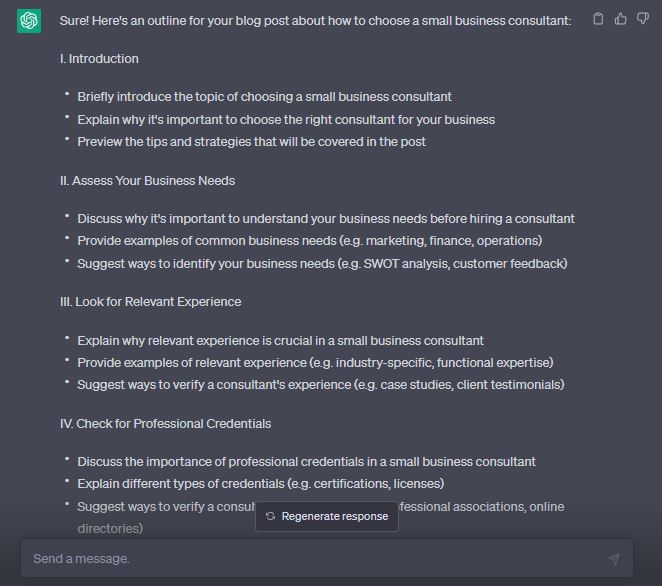
Increased customer engagement: With ChatGPT, you can now easily engage with your customers by providing personalized conversations and responding to questions quickly in a meaningful way.
Improved efficiency: ChatGPT lets you quicken your customer process by responding quickly and accurately to your customer inquiries.
– Generate content for blogs and social media – ChatGPT will help you create engaging content for your blogs and social media that are related to your business, products, and services, which will help you build a strong online presence.
Example prompt: Generate engaging and motivational tweets for small business owners
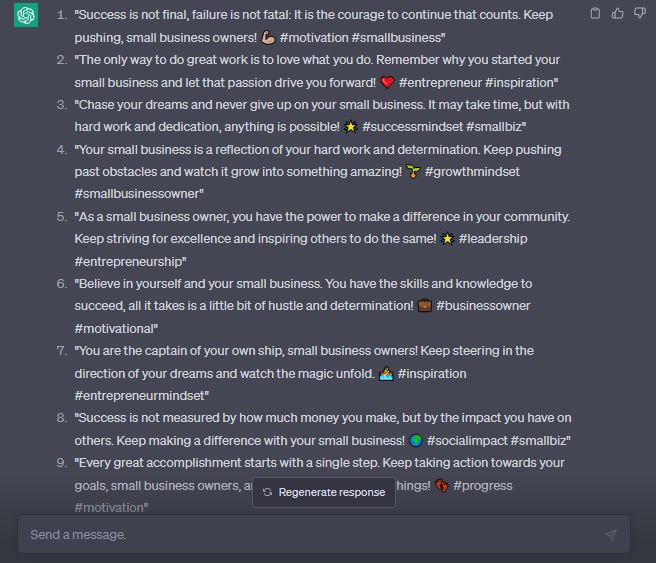
Upsell additional products/services: ChatGPT can help you identify customer needs and suggest relevant products or services that they need. It enables you to increase sales opportunities and improve your present products and services.
Example prompt: Create an effective plan to convince small business owners to purchase coaching services.
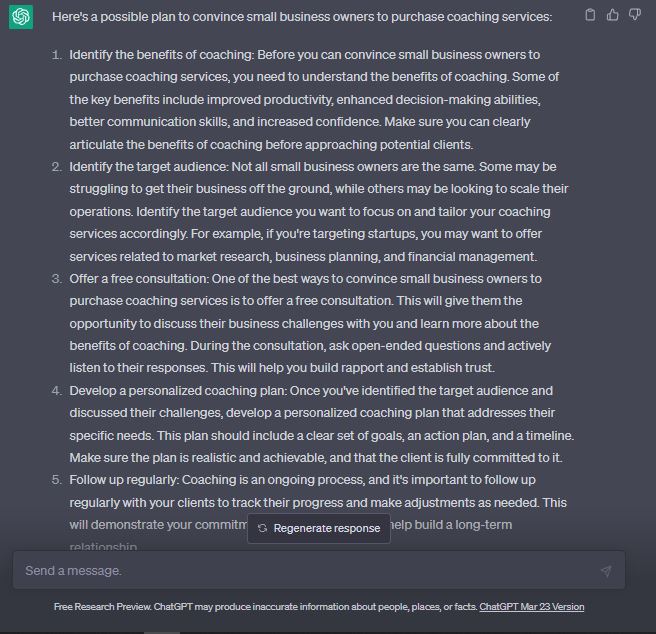
Create an effective and personalized email newsletter: You Can use ChatGPT to generate personalized emails based on your customer preferences and data, helping you to increase engagement and conversion rates.
Example prompt: Create a personalized email targeting burnout in small business owners.
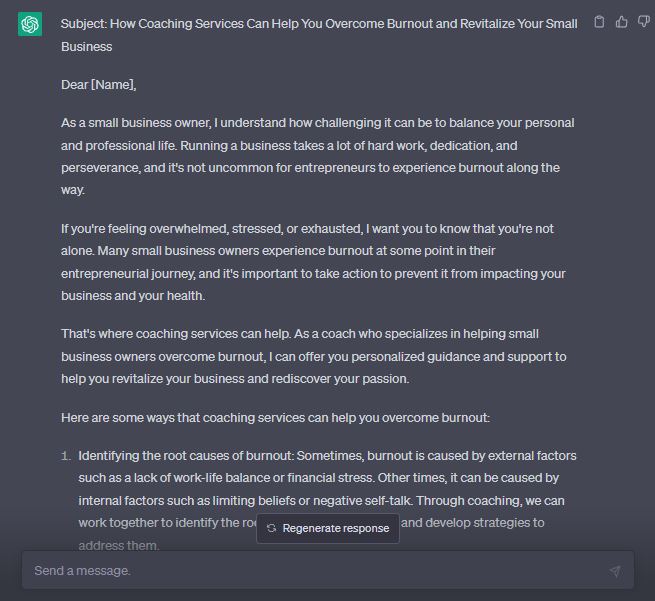
Brainstorm business ideas: If you run out of business ideas. Why not ask ChatGPT for business ideas? Chat GPT can give you innovative and clever ideas that can be a gem to your business success.
Example prompt: Generate the best and most unique business ideas for my printing business.
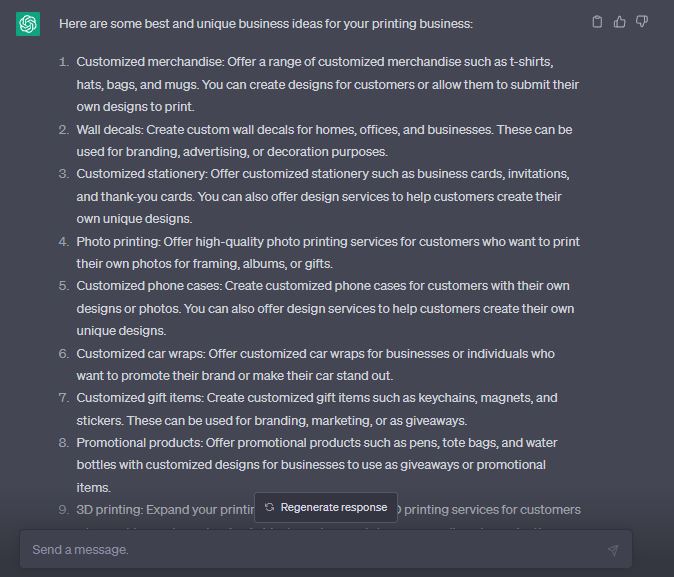
Language translation: With its language translation capabilities, you can translate not just word by word but in different styles to communicate effectively. This allows small business owners to interact with their customers in their language.
For now, ChatGPT is less reliable in translating languages than human translators, but it is still a valuable tool for businesses looking to expand their customer base.
Example prompt: Translate “Thank you for purchasing our services. We appreciate your trust in us and will do our best to ensure you get the most out of our services” to Spanish.

Youtube content ideas: Videos are a powerful way to engage customers and get their attention. You can use ChatGPT to create unique titles, creative scripts, and storyboards.
Small businesses use video content to introduce new products, provide tutorials or demos, or offer advice to customers.
Example prompt: Create an irresistible YouTube script for my video on “How to choose a small business coach.”
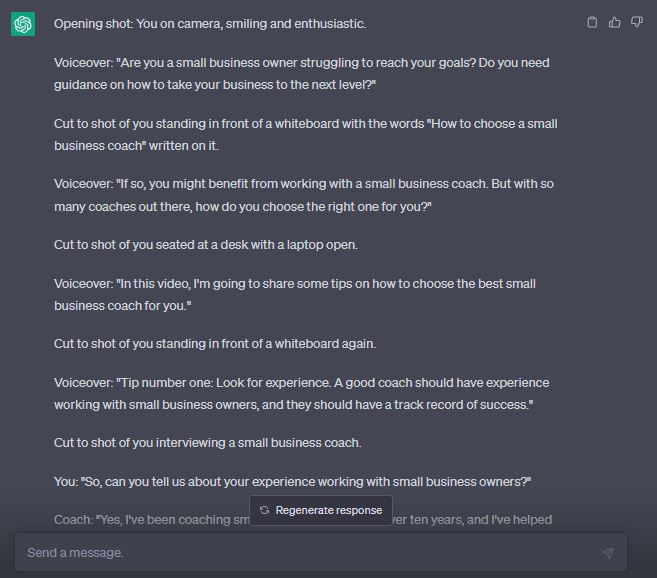
Is ChatGPT beneficial to small businesses?
Yes! With all the mentioned ChatGPT opportunities that small business owners can leverage, it’s undeniable that ChatGPT is a powerful tool to help them succeed.
With ChatGPT features, you, as a small business owner, can now track your customer engagement, create unique social media posts, write optimized blogs, and many more.
However, ChatGPT has its limitations and threats that you should be aware of to protect yourself and prevent problems that may arise in the future.
What are the security risks risk of ChatGPT?
- Privacy Concerns: ChatGPT is not intended for use as a secure messaging platform, and users should be aware of the privacy implications of using it. While conversations with ChatGPT are private in the sense that they are not visible to other users, small businesses need to consider the privacy of their users. If ChatGPT is being used to build a chatbot, it is essential to ensure that personal information is protected. This may involve implementing measures such as encryption and secure storage of user data.Moreover, small businesses need to be aware of the terms of service and privacy policies of any chatbot platforms or services they are using. These policies may outline how user data is collected, used, and shared by the platform. Small businesses should familiarize themselves with these policies and ensure that they are in compliance with them. They should also obtain consent or any other legal basis before using personal data on ChatGPT.
- Sensitive Information: ChatGPT is not designed to handle sensitive information, as it lacks encryption, strict access control, and access logs. This is similar to the use of git repositories, where sensitive files can often end up in the hands of anyone who puts just a little effort to get them maybe through unscrupulous methods because the system lacks sufficient security controls. Small businesses should avoid writing any personal information about their users if they don’t have consent, TIA, or DPAs. They should also always check the generated texts and be aware of any personal information present. Any content that may contain personal information should be deleted from the platform.
- Encryption and Access Control: Encryption is a critical aspect of protecting user data, and small businesses should ensure that they use encryption for any information they store or transmit using ChatGPT. They should also consider implementing strict access controls to ensure that only authorized personnel have access to the data. Access logs should also be maintained to track who accesses the data and when. These measures can help prevent unauthorized access and protect user data from potential breaches.
- Third-party Services: Small businesses should also consider the use of third-party services when using ChatGPT. While these services can be useful, they can also introduce additional security risks. Small businesses should ensure that they only use third-party services that are reputable and have a good track record of security. They should also ensure that they understand the terms of service and privacy policies of these services and that they are in compliance with them.
Top 10 ChatGPT Threats You Should Know About
Data Breaches: Your business’s private data is at stake, often resulting in significant losses. It is best if you implement security measures to protect your business.
Inaccurate Answer : If ChatGPT is not programmed correctly, it can provide wrong answers. This leads to customer frustration and negative customer experience.
Bad Customer Service: Customers may get frustrated and stop using the business’s services if they receive poor automated responses to their inquiries. It is best to have someone who can respond to questions, especially those problems that need to be solved.
Plagiarism: Since ChatGPT can generate texts quickly, chances are that some of the text generated may be copied from existing sources. It’s important to check that the work you are producing is original.
Inaccurate Language Translation: Even though ChatGPT capabilities are improving, there is still a chance that the system could misinterpret the mefaning and produce incorrect translations. Or, it may use slang or regional phrases that can confuse when translated into other languages.
Increased Customer Support Costs: ChatGPT allows you to automate basic customer service tasks and free up employee time. However, it still requires supervision to ensure the accuracy of your service. This can add to the cost of customer support.
Dependence On Technology: Some users may become so dependent on ChatGPT for communication that they neglect to establish or maintain relationships with other people, leading to problems with social interaction.
Potential Privacy Issues: It relies on data from customer interactions, which could lead to potential privacy issues if mismanaged. You should ensure your chatbot systems have adequate security measures to protect customer data and comply with applicable regulations.
Technical Problems: ChatGPT technology is relatively new and carries some Technical Problems and risks. One of the main risks is that it may generate incorrect or incomplete answers, which could frustrate you or your customers.
System Overload: More requests to ChatGPT or chatbot in a short time can cause the system to be unable to process them properly, which leads to delays in responses, inaccurate information being provided, or even a complete shutdown of the system.

How Can You Protect Your Business From All These Threats?
ChatGPT is an increasingly popular and powerful artificial intelligence tool, but it also poses a risk to unaware businesses. Cyber attackers can use ChatGPT to generate malicious code or socially engineer employees into giving away confidential information. To protect your business from potential threats posed by ChatGPT or any AI tools, is to safeguard your data when using it:
Choose a reliable and trustworthy platform: Make sure that the platform you are using to access ChatGPT is secure and reliable. Check for security features such as encryption, firewalls, and regular backups.
Use strong passwords: When creating an account for ChatGPT, choose a strong and unique password that is not easily guessable. Avoid using personal information such as your name, birth date, or phone number in your password.
Avoid sharing sensitive information: Avoid sharing sensitive business information such as financial data, customer information, or trade secrets with ChatGPT. Stick to general topics or use cases that do not require the exchange of sensitive information.
Monitor your conversations: Keep an eye on your conversations with ChatGPT and review them regularly. If you notice any suspicious activity or inappropriate content, report it immediately.
Limit access to ChatGPT: Restrict access to ChatGPT to authorized personnel only. Avoid sharing login credentials with third parties or using public Wi-Fi networks to access the platform.
Educate employees: Educate your employees on the importance of data security and provide training on how to use ChatGPT safely. Encourage them to report any security incidents or suspicious activity.
Create a clear policy: Establish a policy on how and who will use your business data. Ensure that your employees know the policy and that disciplinary action is taken against violations.
Implement security measures: Adopt a range of security measures, such as two-factor authentication and firewalls, to protect your systems from potential attacks.
By taking these steps, you can protect your business from the potential risks posed by ChatGPT or other AI tools. It is important to take time to have a comprehensive security strategy for your business to protect your data in the long run.
Can ChatGPT Help You And Your Business?
Yes, ChatGPT can help you and your business in many ways. Leveraging Chat GPT for small business operations is a relatively uncomplicated process. You can use its API to create a custom chatbot that can engage with customers on your company’s website or social media channels.
ChatGPT can aid in managing various business operations, including appointment scheduling, inventory management, and expense tracking. Additionally, it can also streamline employee onboarding and training processes.
One of the most significant advantages of Chat GPT is its potential to decrease customer service expenses. By automating routine inquiries, your personnel can focus on complex issues, ultimately improving the overall customer experience.
Moreover, it’s vital to ensure that it’s updated regularly to reflect changes in your products or services.
Businesses That Can Take Advantage Of ChatGPT Potentials
Any business that demands communication between customers and businesses can use ChatGPT. Here are some businesses that can take advantage of ChatGPT:
- Customer Service Companies: can use ChatGPT to automate customer support conversations, reducing costs and improving customer satisfaction.
- E-commerce Platforms: Businesses can utilize ChatGPT to provide personalized recommendations and advice to shoppers on their website or mobile app, helping them make more informed decisions and increase sales.
- Healthcare Providers: ChatGPT can provide medical advice and guidance, as well as automated appointment reminders or follow-up emails.
- Education Platforms: Educational institutions can use ChatGPT to help students with their studies by providing personalized learning solutions and support.
- Retailers: Businesses in the retail sector can leverage ChatGPT to provide personalized product recommendations and customer service support.

- Financial Institutions: Banks, investment firms, and other financial institutions can use ChatGPT to help customers find the best financial products or services that fit their needs.
- Recruiting Platforms: Companies can use ChatGPT to streamline their recruitment process by quickly responding to candidates’ queries and providing tailored advice.
- Travel Industry: Businesses in the travel industry can use ChatGPT to provide customers with personalized recommendations for hotels, flights, and attractions based on their specific requirements.
- Social Media Platforms: Companies can leverage ChatGPT to automate interactions with customers on social media and respond quickly to their messages and queries.
- Logistics Companies: Businesses in the logistics industry can use ChatGPT to provide automated updates on orders, shipment tracking, and customer support.
Don’t worry if your type of business isn’t on the list. Because you can still use ChatGPT few of these have been mentioned above “Top 10 Opportunities Of ChatGPT For Small Business Owners Like You.” Such as prompt graphics, create articles, product description and more.
Do you need prompts when using ChatGPT?
ChatGPT is designed to use without prompts, but if you want to have the best results, you need concrete or specialized prompts to achieve this.
Another way to get the desired results is to assign what role ChatGPT should play in the conversation. You can assign roles such as a questioner, answerer, or storyteller. This will guide ChatGPT in the right direction and provide you with the necessary information.
You can also customize the conversation by setting certain parameters. These include topics of conversation, tone and language style, and even the length of the conversation. By setting parameters, you can make sure that ChatGPT is only providing relevant information that’s in line with your desired response.
By doing this, you’ll keep things interesting and engaging while leveraging AI’s power to create meaningful conversations.
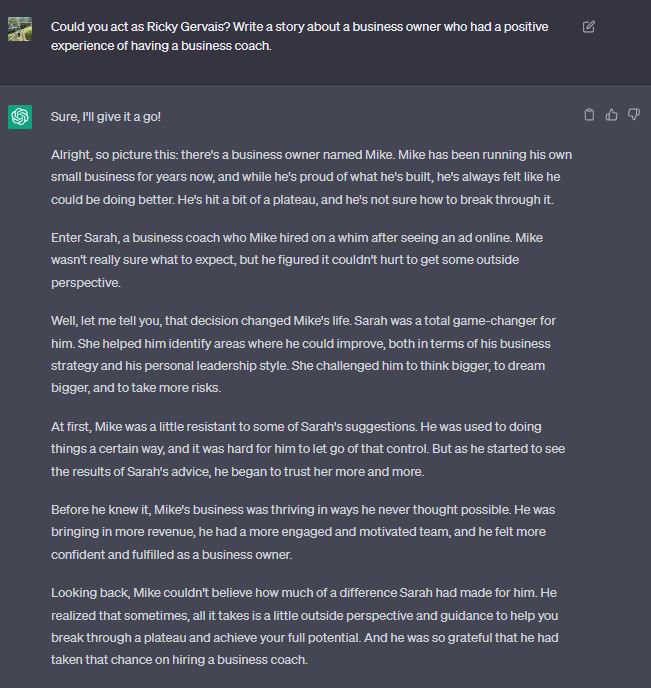
What does ChatGPT really mean for businesses?
The advent of ChatGPT has revolutionized the online world, presenting businesses with the opportunity to improve operations and customer experiences. The ability of ChatGPT to understand and respond to various prompts creates opportunities for businesses seeking to enhance their workflows, automate internal processes, and deliver a superior customer experience.
ChatGPT can enhance customer engagement by providing quick, informative, and more natural responses to their inquiries. Furthermore, it can automate repetitive tasks such as answering frequently asked questions, freeing time for employees to focus on more complex and value-adding tasks, resulting in increased efficiency and productivity within a business.
ChatGPT’s ability to generate human-like text can produce high-quality content for marketing, customer engagement, and other business purposes, saving businesses time and resources that supposedly would have otherwise been spent on content creation. In addition, ChatGPT’s language model can be applied in various languages, making it a powerful tool for businesses looking to expand globally and reach a wider audience.
However, ChatGPT also has its limitations. It lacks emotional intelligence, cannot understand and respond to emotional cues and human expressions, and thus may lead to less human-like and personalized customer interaction, reducing the overall customer engagement experience. ChatGPT’s ability to generate responses can also cause misuse or misinterpretation, leading to negative consequences for the business. Furthermore, AI models like ChatGPT require a vast amount of data to be trained effectively. Without sufficient training data, their ability to generate accurate and relevant responses is compromised.
While chatbots can handle simple, repetitive tasks, they may struggle with complex, creative, or emotional functions that require human expertise. It is more likely that chatbots will augment the workforce and enhance human performance by taking over mundane tasks, freeing up time for more important tasks that require human skills. As with any technological advancement, businesses need to consider the potential effects on the workforce and make informed decisions about incorporating chatbots into their workflows.
Want To Use ChatGPT?
You are now equipped with the opportunities and threats of ChatGPT. If you want to grow your business, then create a OpenAI account and start using ChatGPT. Here’s the easy steps
Step: 1 Create An Account
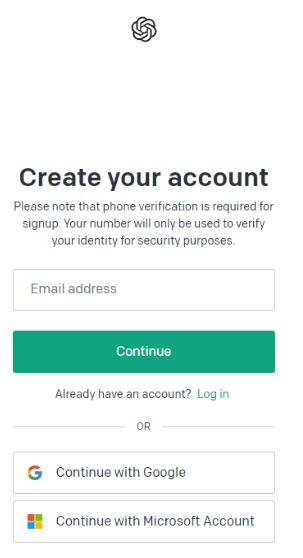
Step 2: Provide Necessary Information

Step 3: Accept ChatGPT Terms

Step 4:Start Writing

Conclusion
In conclusion, the emergence of ChatGPT has disrupted the way businesses interact with their customers and automate internal processes. By leveraging the capabilities of this technology, businesses can streamline workflows, improve customer engagement, generate high-quality content at scale, and offer customized experiences to customers. However, as with any technological advancement, there are limitations and challenges that businesses must consider, including the lack of emotional intelligence, potential errors in generated text, dependence on a large amount of data for training, potential misuse or misinterpretation of generated text, and privacy and security concerns. It is essential for businesses to make informed decisions about incorporating ChatGPT into their operations, taking into account the potential benefits and risks, and ensuring ongoing monitoring and refinement to achieve optimal performance levels. Ultimately, the integration of ChatGPT has the potential to enhance human performance, freeing up time for more important tasks that require human skills, and driving business growth and innovation.



